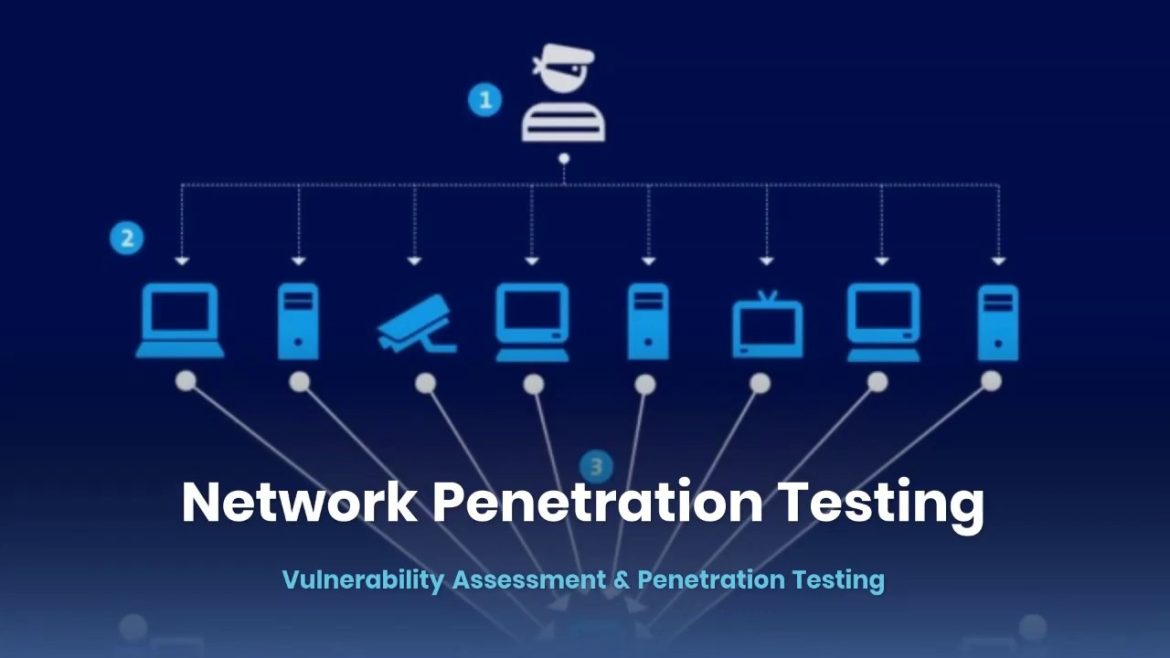In today’s interconnected world, where organizations depend heavily on digital infrastructure, network security is of paramount importance. Digital threats, both internal and external, represent a significant risk to organizations, potentially causing data breaches, financial misfortunes, and reputational damage. To safeguard against these threats, conducting a vulnerability assessment (VA) has turned into a crucial part of any exhaustive network vapt.
Distinguishing WeaknessesOne of the primary goals of a vulnerability assessment is to recognize weaknesses or vulnerabilities inside an organization’s network infrastructure. These vulnerabilities can take various forms, including unpatched software, misconfigured gadgets, or inadequate security conventions. By proactively searching out these weaknesses, organizations can take moves toward addressing them before malicious actors can take advantage of them.
Forestalling Data Breaches
Data breaches can have devastating ramifications for organizations, including financial misfortunes, legal liabilities, and damage to reputation. Vulnerability assessments help in pinpointing potential passage focuses for cyberattacks, allowing organizations to patch vulnerabilities, update security measures, and lessen the risk of a breach.
Compliance Prerequisites
Many ventures and regulatory bodies expect organizations to adhere to explicit security standards and compliance regulations. Conducting regular vulnerability assessments is often a necessity for compliance with these standards. By conducting vulnerability assessments, organizations can guarantee that they satisfy the necessary security guidelines and avoid legal complications.
Safeguarding Critical Assets
Organizations store touchy and critical data on their networks, including client information, intellectual property, and financial records. A vulnerability assessment helps in recognizing vulnerabilities that could compromise the confidentiality, respectability, and availability of these assets. By safeguarding critical assets, organizations can maintain trust with clients and partners.
Focusing on Remediation Efforts
Vulnerability assessments give bits of knowledge into the seriousness and potential impact of vulnerabilities, enabling organizations to focus on their remediation efforts. This approach guarantees that the most critical vulnerabilities are addressed first, diminishing overall risk.
Adapting to Advancing Threats
Digital threats are constantly advancing, with attackers growing new tactics and exploits. Regular vulnerability assessments assist organizations with staying ahead of these advancing threats by ceaselessly evaluating and adapting their security measures. This proactive approach is essential for maintaining a strong network vapt in a steadily changing threat landscape.
In an era where digital threats are a constant concern, conducting a vulnerability assessment is not just a best practice; it is a fundamental need for organizations of all sizes and businesses. Embracing this proactive approach is an interest in the drawn-out strength and security of your organization’s digital infrastructure.





